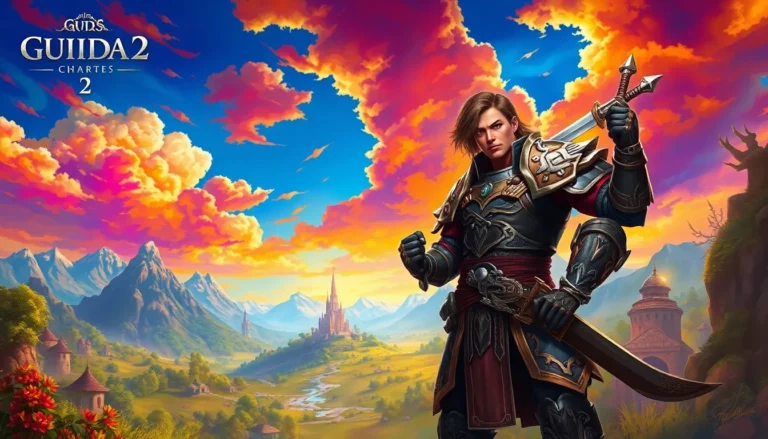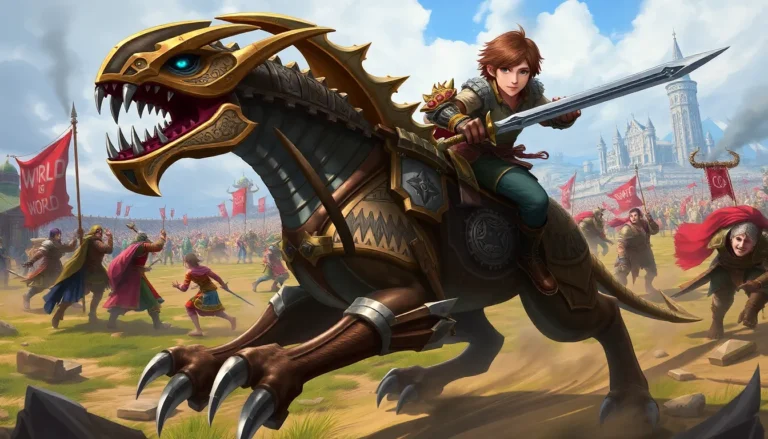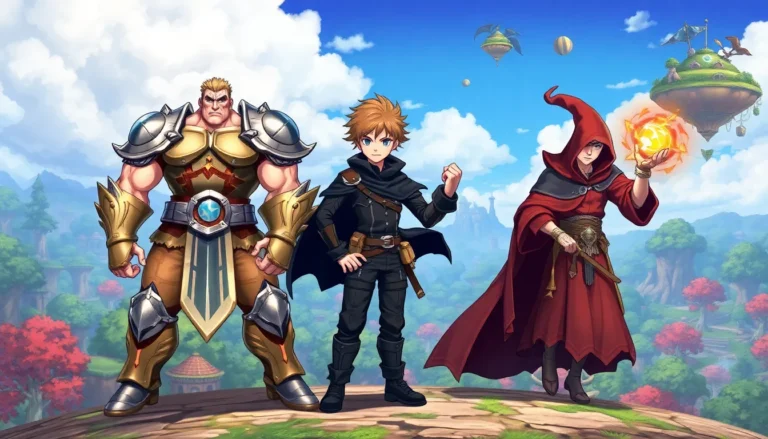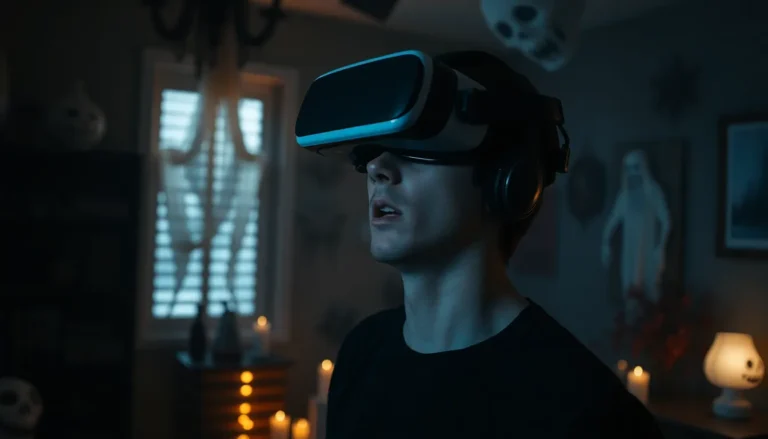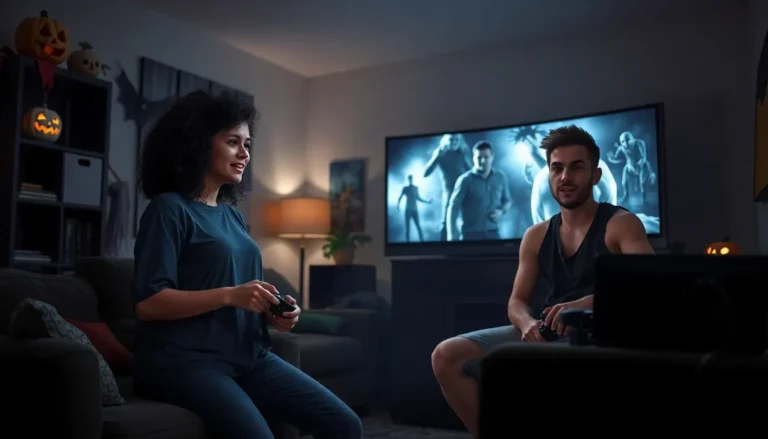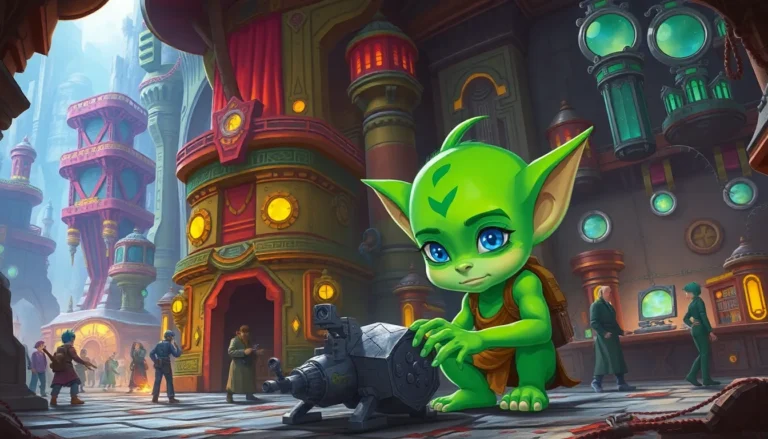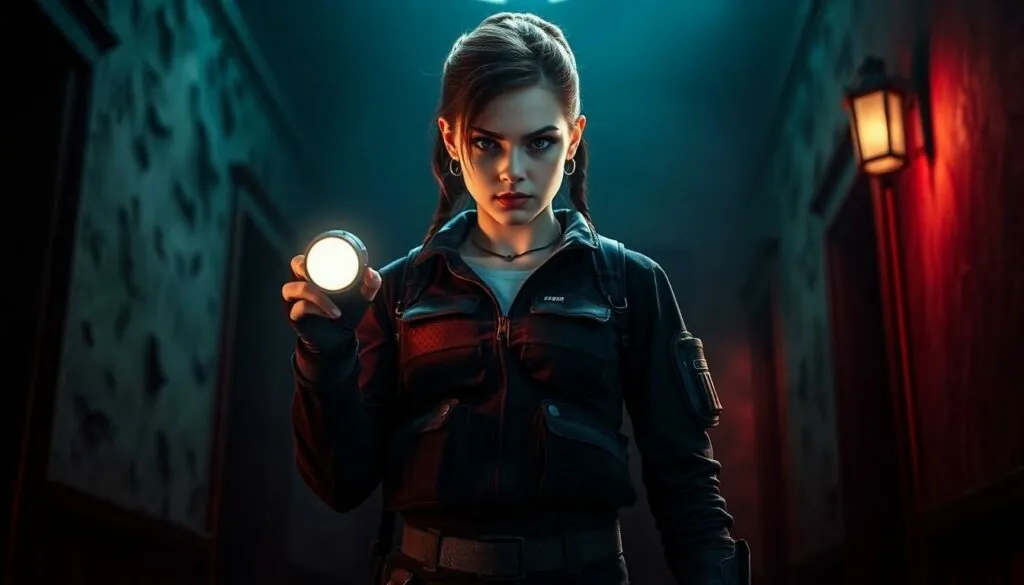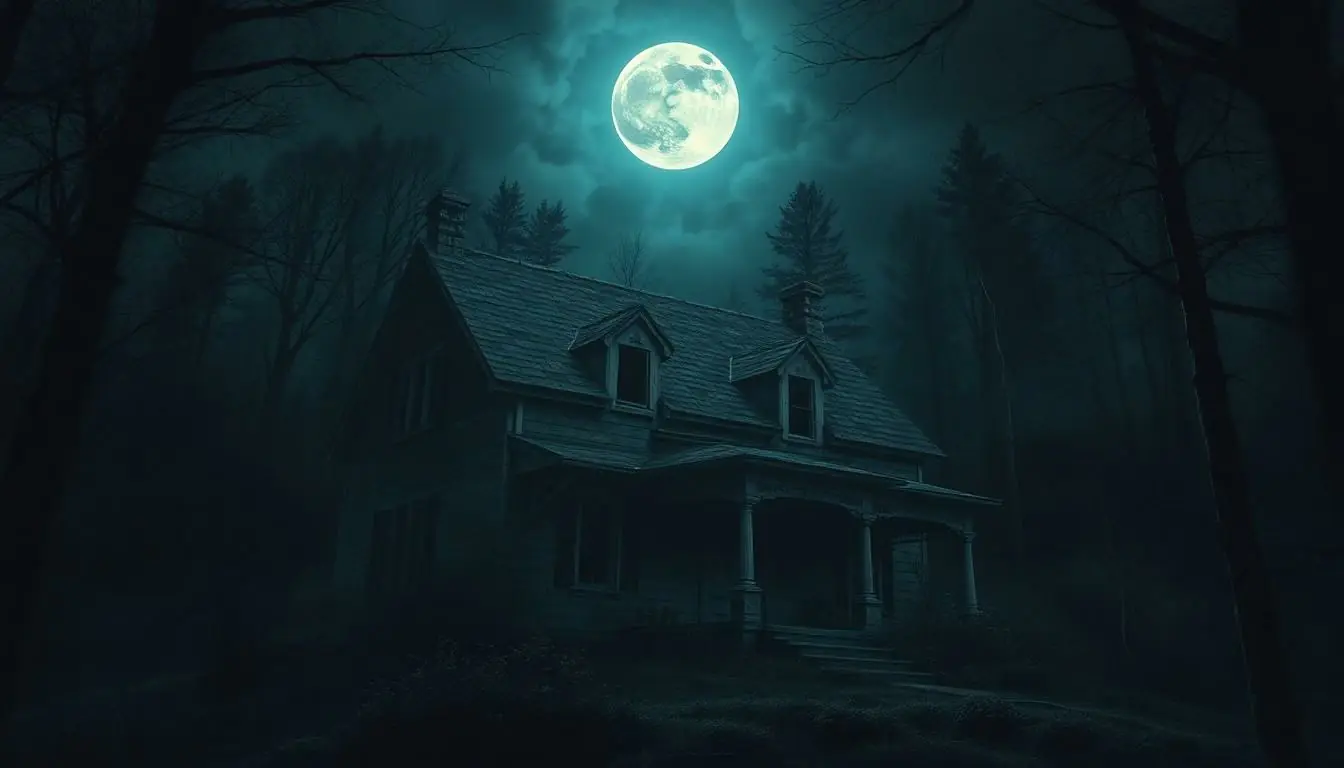Table of Contents
ToggleIn the spine-chilling world of horror games, characters can be as terrifying as the monsters they face. From the relentless pursuit of a chainsaw-wielding maniac to the eerie silence of a ghostly apparition, these figures haunt players’ dreams and fuel their adrenaline-fueled nightmares. They’re not just pixels on a screen; they’re the stuff of legends, each with a backstory that could send shivers down anyone’s spine.
What makes these horror game characters unforgettable? It’s their quirks, their motivations, and sometimes, their downright ridiculousness. Whether it’s a zombie with a knack for bad puns or a creepy doll with a penchant for mischief, these characters add a unique flavor to the gaming experience. Get ready to dive into the twisted minds of horror game icons that keep players on the edge of their seats—because who doesn’t love a good scare wrapped in a bit of humor?
Iconic Horror Games Characters
Horror games feature characters that leave a lasting impression due to their unique traits and gripping narratives. Both antagonists and heroes contribute significantly to the chilling atmosphere.
The Most Memorable Antagonists
Memorable antagonists often embody fear, driving the storyline with their terrifying presence. Nemesis from Resident Evil 3 ranks among the most iconic, relentlessly pursuing players. Pyramid Head from Silent Hill 2 symbolizes guilt and suffering, creating an unsettling experience. Additionally, the ominous witch from Left 4 Dead evokes dread with a chilling scream, warning players of her presence. Each antagonist brings distinct threats, enhancing player engagement through their complex designs and eerie backstories. Horror enthusiasts recognize these figures for their ability to instill fear, making them essential components of the genre.
The Heroes of Horror Games
Heroes in horror games often exhibit resilience, battling against overwhelming odds. Jill Valentine from Resident Evil exemplifies courage and resourcefulness, navigating a zombie-infested city. Similarly, Ethan Winters in Resident Evil 7 showcases determination while confronting unimaginable horrors. Additionally, Laurie Strode from the Halloween series emerges as a legendary survivor, facing Michael Myers with grit. Each hero embodies different strengths, emphasizing their ability to confront fear head-on. Players connect with these characters, forging emotional investments that enhance the horror experience.
Character Development in Horror Games
Character development in horror games plays a crucial role in enhancing player engagement. Memorable characters often become the backbone of a game’s narrative, drawing players deeper into the eerie atmosphere.
Evolution Over Time
Horror game characters have evolved significantly since the genre’s inception. Early examples often relied on simple tropes, with flat personalities. Modern horror games now feature well-rounded characters with intricate backstories. Titles such as Resident Evil and Silent Hill showcase characters that embody psychological horror, reflecting societal fears. This evolution not only enriches gameplay but also fosters stronger emotional connections. Players resonate with character development, finding themselves more immersed in the themes of survival and fear.
Psychological Depth and Complexity
Psychological depth in horror game characters adds layers of intrigue. Complex motivations and backstories contribute to a character’s relatability. For example, protagonists often grapple with their fears and past traumas. Antagonists are not merely evil; they typically embody psychological archetypes that resonate with players. Understanding these characters enhances the horror experience, as players confront their own emotions. Successful horror games intertwine character struggles with overarching narratives, creating an unforgettable connection that keeps players engaged long after the game ends.
The Role of Lore in Characterization
Lore plays a crucial role in shaping horror game characters, providing depth and context that enhances players’ experiences. It establishes backgrounds that resonate with themes of fear and survival.
Backstory and Motivations
Backstories enrich character development in horror games. Characters like Jill Valentine and Ethan Winters emerge from tragedies that shape their motivations, creating relatable journeys for players. Fear often drives their decisions, compelling them to face terrifying environments. Similarly, antagonists like Pyramid Head reveal motivations that stem from personal anguish or past wrongs. Understanding these stories not only adds emotional weight but also engages players, inviting them to explore the intricacies of each character’s psyche. A well-crafted backstory creates connections that foster empathy, encouraging players to invest in the characters’ fates.
Impact on Gameplay Experience
Character lore significantly impacts gameplay experience. Unique characteristics influence players’ interactions and strategies, shaping how they approach challenges. Antagonists like Nemesis heighten tension by pursuing players, creating a sense of urgency in gameplay. Players must adapt to the psychological pressure each character brings. Heroes equipped with rich backstories evoke feelings of loyalty and investment in their survival. Lore enriches the atmosphere, driving players to uncover deeper narratives hidden within the gameplay. This depth intensifies engagement, ensuring that every decision resonates throughout the horror experience while leaving a lasting impact.
Iconic Traits and Characteristics
Horror game characters stand out for their memorable abilities, visual designs, and complex narratives. These traits create a lasting impression, enriching players’ experiences.
Unique Abilities and Traits
Unique abilities often define horror game characters, setting them apart within the genre. Nemesis utilizes brute strength and regenerative capabilities, amplifying the sense of urgency for players. Pyramid Head symbolizes guilt and punishment, manifesting in powerful attacks that evoke dread. Resilient heroes like Jill Valentine excel in resourcefulness, combining combat skills with puzzle-solving. Additionally, characters may possess psychological traits, such as fearlessness or cunning, allowing them to navigate terrifying environments effectively. These diverse abilities enhance gameplay and deepen the emotional connections players form with each character.
Design and Visual Aesthetics
Design and visual aesthetics contribute significantly to the identity of horror game characters. Iconic figures often feature distinctive silhouettes and color palettes that evoke specific emotions. For instance, Pyramid Head’s imposing armor and blood-stained butcher’s apron communicate an intense sense of foreboding. Meanwhile, Jill Valentine’s tactical outfit reflects her role as a survivor, visually reinforcing her determination. The juxtaposition of vibrant and muted colors highlights the tension within horror settings, shaping the players’ emotional responses. Ultimately, effective design fosters immediate recognition and leaves a profound impact, sending chills down players’ spines.
Conclusion
Horror game characters are more than just figures in a game; they embody the essence of fear and resilience. Their unique traits and rich backstories create emotional connections that resonate deeply with players. Whether facing terrifying antagonists or embodying courageous heroes, players find themselves immersed in narratives that explore the darkest corners of the human psyche.
The evolution of these characters has transformed the horror genre, enhancing gameplay and enriching the overall experience. As players navigate through chilling atmospheres, they uncover layers of psychological depth that keep them engaged. Ultimately, the unforgettable presence of these characters ensures that horror games remain a captivating and enduring part of gaming culture.

